Powdered metal parts are parts made from powdered metal via powder metallurgy. Manufacturers turn to powder metallurgy in order to cost-effectively fabricate precision parts. With powder metallurgy, they can carefully control elements like porosity, shape and design. Powdered metal parts offer some of the tightest tolerances on the market. Read More…
Since 1967, PSP has been a leader in small, intricate custom powdered metal parts for a wide range of industries, such as Sports & Recreation, Power Tools, Industrial Equipment, Oil & Gas.
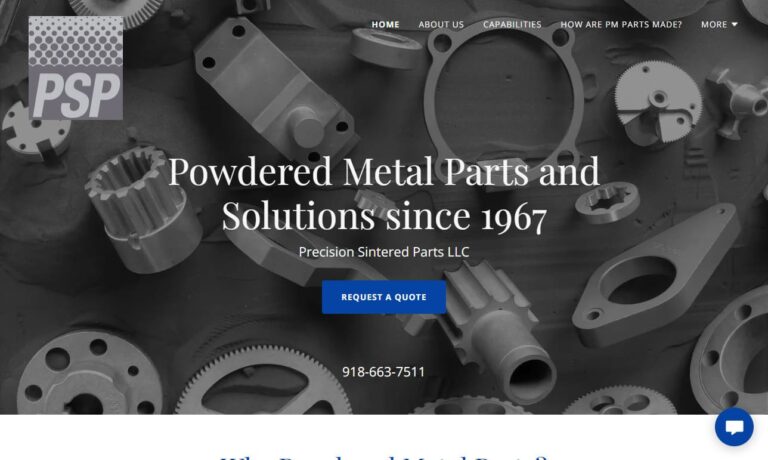
Liberty Pressed Metals is a designer and producer of Powder Metals (PM) components for use in various industries, such as automotive, lawn and garden, office equipment, power tool, home appliances, and more. Our process boost product strength, precision, and durability. We are ISO 9001: 2015 certified. Our quality management system assures top-quality sourcing of materials, as well as unmatched...
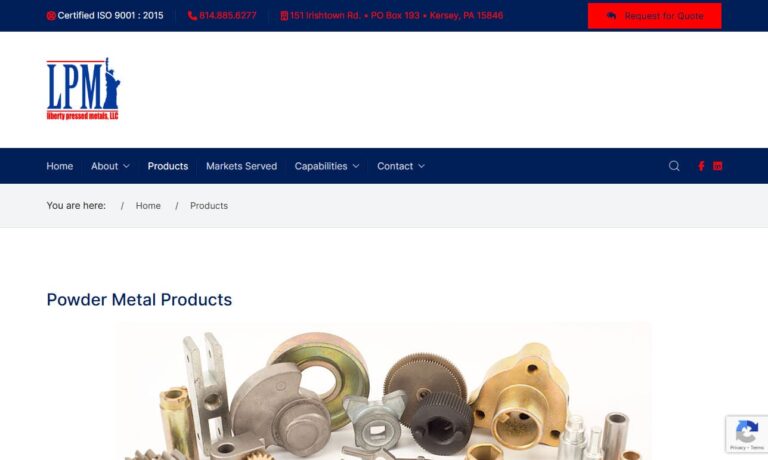
At Embassy Powdered Metals, Inc., we specialize in crafting high-quality powder metal parts that meet the exacting standards of a diverse range of industries. Our expertise lies in transforming fine metal powders into durable, precision-engineered components through advanced powder metallurgy techniques. We offer an extensive portfolio of products that includes complex shapes and intricate...

At Allread Products, LLC, we specialize in producing high-quality powder metal parts tailored to meet diverse industrial requirements. With advanced manufacturing techniques and a commitment to precision, we create custom-engineered components that offer durability, accuracy, and consistent performance.

We have been doing sintered metal parts since our beginning. Our research and development team works hard to ensure that our products are on the leading edge of technological innovation at all times because we know how important state of the art products are to our customers. To learn more get in touch with our customer service department using telephone or email today!
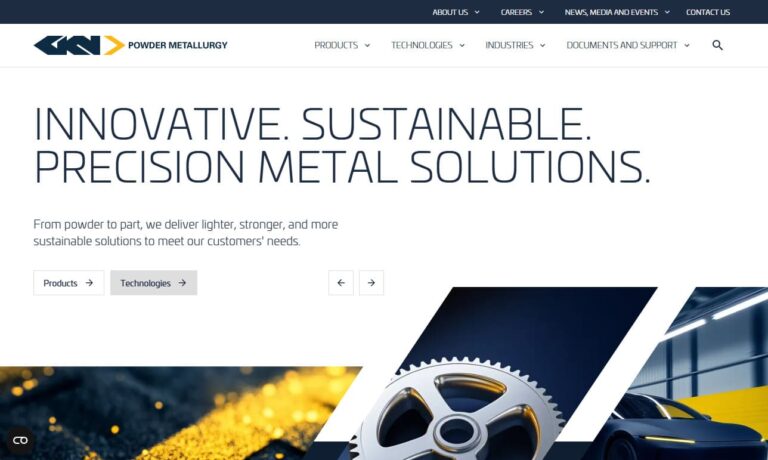
Vision Quality components is a leading manufacturer of powder metal parts. In addition, we provide of the highest levels of customer service in the industry. For over 18 years, we have been fabricating our products with our customers in mind because we know that you rely on an innovative, exceptionally made product to keep your business moving along smoothly. To learn more about our company and...
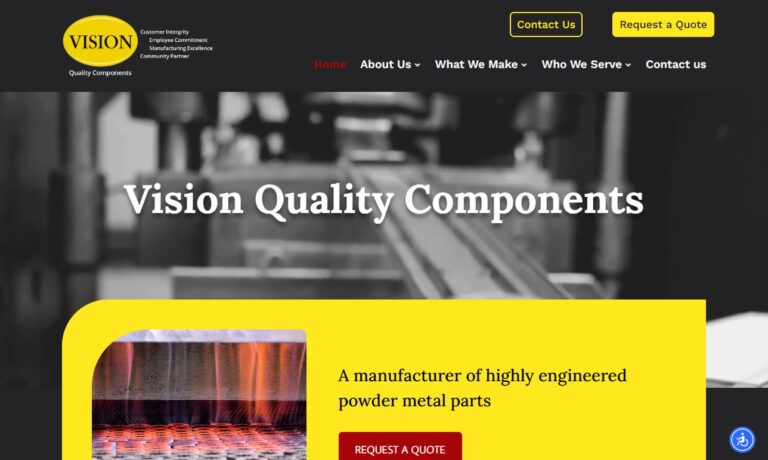
More Powdered Metal Parts Manufacturers
Powder metal, renowned for its softness, formability, and unique ability to be shaped through sintering, is a foundational material in the field of powder metallurgy. This process grants powder metal parts exceptional flexibility in design and engineering, making them critical to a broad range of industrial sectors. Its inherent magnetic properties, which can be enhanced and tailored during sintering, further expand its applicability. As a result, industries such as construction, lawn and garden equipment manufacturing, consumer electronics, industrial hardware, jewelry making, and automotive manufacturing increasingly rely on powder metal components for both their mechanical and functional advantages.
Powder Metal Products
Powder metal components are engineered for a multitude of applications, reflecting the adaptability and cost-effectiveness of powder metallurgy. Common powder metal products include:
- Magnetic assemblies that leverage the enhanced magnetism of sintered metals for use in motors, sensors, and transformers.
- Filtration systems, where controlled porosity allows precise separation of gases and liquids, making powder metal filters ideal for automotive, chemical processing, and biomedical uses.
- Structural parts such as brackets, housings, and chassis components that require both strength and lightweight construction.
- Sharp grinding blades for gemstones, industrial cutting, and abrasive applications, benefiting from the wear resistance of sintered metals.
- Bearings, bushings, and gears in the automotive sector, valued for their inherent porosity, which allows for self-lubrication and quiet operation.
- Powder coatings that serve as durable finishing layers, protecting metal products from corrosion, weathering, and harsh chemical exposure while offering customizable surface aesthetics and textures.
The versatility of powder metal products is not limited to component fabrication. Powder coatings, a specialized form of powder metallurgy, offer additional benefits such as enhanced resistance to corrosion, wear, and UV exposure, as well as the ability to achieve unique finishes for architectural, consumer, and industrial products.
Looking for specific powder metal components for your industry? Explore our listings or ask: What powder metal part is best for my application?
History of Powder Metal Products
The origins of powder metallurgy—the science of producing metal parts from powdered metal—stretch back thousands of years, with early evidence found in ancient Egyptian sintered iron artifacts and Inca jewelry crafted from powdered gold, silver, and platinum by 300 BC. After a dormant period, interest in powder metallurgy revived in the 1800s, as scientists and engineers experimented with powdered platinum for laboratory instruments and, notably, with William Coolidge’s development of tungsten lamp filaments, revolutionizing the electric lighting industry for Thomas Edison.
The 20th century saw powder metallurgy advance rapidly. Mass production of lightbulbs necessitated high-performance, sintered metal parts, while the advent of electric welding expanded the use of powder metal contacts. Aviation and automotive industries soon adopted powder metal bearings and gears for their reliability and performance under demanding conditions. By the 1930s, innovations such as cemented carbides (used in cutting tools) were changing manufacturing forever. The 1940s introduced powder steel and refractory metal powders, and World War II accelerated the demand for self-lubricating gears and high-performance automotive parts.
To support industry growth and quality standards, the Metal Powder Association (now the Metal Powder Industries Federation) was formed in 1944, helping to standardize processes and foster technological advancements. Today, powder metallurgy is integral to sectors as diverse as aerospace, biomedical engineering (including medical implants and dental devices), precision electronics, defense, and renewable energy.
Curious about the evolution of powder metallurgy in your industry? Contact us for a detailed history tailored to your sector.
Powder Metal Materials
The powder metallurgy process can utilize a broad spectrum of metal powders, each with unique properties that determine their suitability for specific applications. Common powder metal materials include:
- Aluminum powder: Valued for its low density, high electrical conductivity, and reactivity, aluminum powder is widely used in structural applications, lightweight automotive parts, pyrotechnics, and thermal spraying.
- Copper powder: With excellent thermal and electrical conductivity, copper powder is a preferred choice for electrical contacts, heat sinks, conductive pastes, and electronic components.
- Bronze powder: Bronze (a copper-tin alloy) is denser and more mechanically robust than brass, making it the material of choice for self-lubricating bearings, bushings, and marine parts due to its corrosion resistance and wear properties.
- Iron powder: Often alloyed with graphite, iron powder is extensively used in the manufacturing of filters, high-strength structural components, and friction parts such as clutch plates and brake pads.
- Steel powder: Available in various grades such as tool steel and stainless steel, steel powder is favored for its strength and durability. It is widely used in automotive transmission parts, gears, and heavy machinery, contributing to reduced vehicle weight and improved fuel efficiency.
- Brass powder: Known for electrical conductivity and corrosion resistance, brass powder is often used in decorative applications and electrical fittings.
The mesh size of these powders—measured by the number of openings per inch in a standard sieve—determines the granularity and flow characteristics, which are critical for achieving precise density and mechanical properties in the finished part.
Which metal powder is right for your application? Explore our part selection guide or ask: How do I choose the best powder metal material for my needs?
Powder Metal Process
The manufacturing of powder metal parts, also known as the powder metallurgy process, involves several key stages designed to maximize precision and performance:
- Powder Formulation: Raw metal is converted into powder through advanced techniques such as atomization (breaking molten metal into droplets), mechanical alloying (blending and milling), electrolytic deposition, chemical reduction, and pulverization. The resulting powder is blended with lubricants to ensure smooth die compaction and consistent density.
- Compaction (Pressing): The blended powder is pressed in a die under high pressure to form a “green part,” which has the basic shape and dimensions of the final product but lacks full strength.
- Sintering: The green part is heated in a controlled-atmosphere furnace to a temperature below the metal’s melting point. This causes the metal particles to bond (diffuse) together, increasing strength and density while preserving the part’s shape. Sintered parts retain a network of interconnected pores, which can be advantageous for self-lubricating and filtration applications.
- Secondary Operations: Depending on the application, secondary processes such as sizing (to achieve precise tolerances), machining, heat treating, deburring, infiltration (adding oil or resin), and surface finishing may be applied.
This carefully controlled sequence ensures the production of high-quality, high-performance metal parts that meet rigorous industry standards.
Want to understand each powder metallurgy step in detail? Learn more about the full process or ask: What secondary operations optimize my powder metal parts?
Design
Effective design of powdered metal parts is critical to maximizing performance and manufacturability. Key design considerations include:
- Shape and Complexity: Powder metallurgy excels at producing intricate shapes, undercuts, threads, and features such as depressions or projections that are costly or impossible to machine from solid metal.
- Material Properties: Desired characteristics such as tensile strength, hardness, ductility, corrosion resistance, conductivity, and magnetic properties can be fine-tuned by adjusting powder composition and process parameters.
- Operating Environment: Parts intended for use in extreme temperatures, abrasive conditions, corrosive settings, or high-wear environments can be engineered with specialized alloys and coatings.
- Production Volume: Powder metallurgy is cost-effective for medium to high production runs, but can also support rapid prototyping and low-volume custom parts.
- Performance Requirements: For applications requiring tight tolerances, self-lubrication, or sound dampening, design adjustments and post-processing steps can be specified.
Collaboration with an experienced powder metallurgy manufacturer allows for customization at every stage, enabling the creation of parts that meet or exceed the most demanding industry standards.
Not sure how to optimize your design for powder metallurgy? Consult our experts or ask: What design features are best suited for powder metal parts?
Powder Metal Machinery
The manufacture of precision powder metal components relies on a range of specialized machinery, each designed to enhance efficiency, accuracy, and repeatability:
- Pressing Dies: Made from high-strength steel or carbide, these dies shape and compact the metal powder into uniform green parts with tight tolerances.
- Continuous Belt Furnaces: Essential for sintering, these furnaces ensure even, consistent heat distribution, enabling the controlled bonding of powder particles.
- Metal Injection Molding (MIM) Machines: Adapted from plastic injection molding, these machines use CNC (Computer Numerical Control) programming for high-precision, high-volume production of intricate metal parts.
- Powder Mixers and Blenders: Ensure uniform distribution of alloying elements and lubricants throughout the powder batch.
- Automated Inspection and Testing Equipment: Used for quality control, ensuring each part meets mechanical, chemical, and dimensional standards.
The integration of advanced CNC technology and process automation has made powder metal manufacturing more consistent, cost-effective, and scalable than ever before.
Explore our metal injection molding resources or ask: What machinery is best for my powder metal project?
Powder Metal Processes
Several primary and secondary powder metallurgy processes are used, each tailored for specific part types and performance requirements:
Sintering
Sintering is the most widely used process, renowned for its exceptional material efficiency (up to 97% material utilization) and ability to create complex geometries with minimal waste. Sintered parts include gears, bearings, bushings, camshafts, sprockets, and structural elements. The process’s intrinsic porosity allows for unique properties such as sound dampening, oil impregnation for self-lubrication, and custom filtration capabilities.
Metal Injection Molding (MIM)
Metal injection molding merges powder metallurgy with plastic injection molding, enabling the mass production of small, intricate, high-density metal parts. This process involves mixing fine metal powder with a thermoplastic binder, molding the mixture into shape, and then removing the binder before sintering. MIM is ideal for producing medical devices, dental tools, firearm components, miniaturized electronic parts, and complex automotive elements that require high strength and precision.
Advantages of MIM include design freedom, reduced material waste, and the ability to achieve mechanical properties similar to wrought metal. However, MIM is generally best suited for small, thin-walled components and may have higher upfront tooling costs.
Powder Forging
Powder forging combines high-pressure compaction with subsequent forging and sintering to create exceptionally dense, durable components. This process is preferred for demanding automotive, aerospace, and industrial applications where maximum strength, fatigue resistance, and impact toughness are required, such as connecting rods, transmission gears, and heavy-duty sprockets.
Powder Spraying
Powder spraying (thermal spraying) involves melting and atomizing metal powder, then spraying it onto a surface to build up a layer or to create specialized cladding. This method is commonly used for wear-resistant coatings, corrosion protection, and the repair of worn parts in industries such as oil and gas, marine, and mining.
Curious about which process fits your needs? Ask: Which powder metallurgy process is best for my part or industry?
Benefits of Powder Metal Parts Manufacturing
The powder metallurgy process offers a compelling set of advantages that have made it a preferred manufacturing method for engineers and procurement specialists:
- Cost-Effectiveness: Automation and efficient material usage reduce production costs, especially for medium to high-volume runs.
- Design Flexibility: The ability to form complex shapes, integrate multiple functions into a single part, and minimize the need for subsequent machining or assembly.
- Consistent Quality: Powder metallurgy yields parts with uniform composition, predictable performance, and tight dimensional tolerances.
- Controlled Porosity: Enables the fabrication of self-lubricating bearings, porous filters, and parts capable of wicking or filtering fluids and gases.
- Environmental Sustainability: Minimal material waste and energy-efficient processes support green manufacturing initiatives.
- Material Versatility: Supports a wide range of alloys and composites, including specialty materials for magnetic, high-temperature, wear-resistant, and corrosion-resistant applications.
- Mechanical Performance: Produces parts with excellent strength, hardness, and fatigue resistance—often matching or exceeding wrought or cast metals.
- Scalability: Suitable for everything from rapid prototyping and custom production to large-scale, automated manufacturing.
By leveraging powder metallurgy, manufacturers can create high-performance metal products that meet demanding engineering, operational, and sustainability goals.
Need a cost-benefit analysis for powder metal parts? Request a quote or ask: How does powder metallurgy compare to casting or machining?
Buyer Intent, Applications, and Decision Factors
When evaluating powdered metal parts manufacturers or deciding whether powder metallurgy is right for your project, it’s essential to consider:
- Intended Application: Identify the operational demands—such as mechanical loads, environmental exposure, and expected lifespan—of your finished part.
- Material Requirements: Choose the optimal alloy or composite for your part’s strength, wear resistance, conductivity, and corrosion or heat resistance.
- Production Volume & Lead Time: Powder metallurgy is most cost-effective for medium to high runs, but many suppliers offer rapid prototyping for custom or small-batch orders.
- Regulatory and Industry Standards: Ensure your supplier is compliant with ISO, ASTM, or industry-specific quality certifications, particularly for automotive, medical, or aerospace applications.
- Customization & Design Support: Look for manufacturers with in-house engineering teams that can assist with part design, material selection, and process optimization.
- Secondary Processing Capabilities: Consider whether your manufacturer can provide heat treating, machining, surface finishing, or assembly as needed.
Applications for powder metal parts span:
- Automotive: Gears, synchronizers, camshaft sprockets, valve guides, ABS components, transmission parts.
- Aerospace: Engine components, turbine blades, structural brackets, fuel system parts.
- Medical & Dental: Orthopedic implants, surgical tools, dental braces, implant abutments.
- Consumer Electronics: Magnetic cores, EMI shielding, heat sinks, connectors.
- Industrial Machinery: Bearings, bushings, gears, sprockets, wear plates, filtration elements.
- Energy & Renewables: Fuel cell components, battery contacts, wind turbine gears.
- Defense: Ammunition, firearm components, armor inserts.
- Jewelry & Decorative: Intricately shaped custom pieces, clasps, and watch parts.
Ready to choose a supplier? Start your search: Who are the top powder metal parts manufacturers for my application?
How to Find the Right Manufacturer
When sourcing powder metallurgy parts, partnering with an experienced and reputable manufacturer is crucial. We have curated a directory of leading powder metal parts manufacturers to simplify your selection process. Before reaching out, prepare a detailed list of your application specifications, including:
- Intended use and environment
- Material and mechanical property requirements
- Production volume and delivery timeline
- Budget constraints
- Quality and regulatory standards
- Customization or value-added service needs
As you compare manufacturers:
- Review their certifications, case studies, and customer reviews
- Assess their engineering and design support capabilities
- Evaluate their ability to deliver secondary operations and assembly
- Request references or sample parts if possible
Shortlist three or four companies that match your criteria, then engage in detailed discussions about your project. Ask about their process expertise, quality control measures, and lead times. Take comprehensive notes and compare your findings to determine which manufacturer offers the best fit for your technical and business needs.
Need help selecting a supplier? Contact our team or ask: What should I look for in a powder metallurgy manufacturer?
For more information, in-depth guides, and a full manufacturer directory, explore our resources or submit your application details for a personalized recommendation. Stay informed and empowered as you navigate the world of powder metal parts—where innovation meets performance, reliability, and value.
What are the main advantages of powder metal parts manufacturing?
Powder metal parts manufacturing offers advantages such as cost-effectiveness, design flexibility, consistent quality, controlled porosity for self-lubrication and filtration, environmental sustainability, material versatility, excellent mechanical performance, and scalability for both prototyping and large-scale production.
Which industries commonly use powder metal components?
Industries such as automotive, aerospace, medical and dental, consumer electronics, industrial machinery, energy and renewables, defense, construction, lawn and garden equipment manufacturing, and jewelry making rely on powder metal components for their flexibility, magnetic properties, and mechanical advantages.
What are the key steps in the powder metallurgy process?
The key steps in the powder metallurgy process are powder formulation (produce and blend metal powders), compaction (pressing powder into shape), sintering (heating to bond powder particles), and secondary operations such as sizing, machining, heat treating, deburring, infiltration, and surface finishing.
What materials are commonly used in powder metallurgical parts?
Common powder metal materials include aluminum, copper, bronze, iron (often alloyed with graphite), various steels (such as tool and stainless steel), and brass. Each material offers distinct properties suitable for specific applications, such as conductivity, density, mechanical strength, and corrosion resistance.
How do I select the right powder metallurgy manufacturer?
Selecting the right manufacturer involves reviewing their certifications, case studies, and customer reviews; assessing their engineering and design support; evaluating secondary processing capabilities; and comparing references or sample parts. Prepare detailed application specifications and engage in thorough discussions about process expertise, quality control, and lead times.
What types of parts and applications benefit most from powder metallurgy?
Powder metallurgy excels in producing gears, bearings, bushings, camshafts, structural parts, filtration systems, porous and self-lubricating components, as well as small, complex, and high-precision parts for industries like automotive, aerospace, medical devices, electronics, and energy systems.
What processes are available within powder metallurgy?
Available powder metallurgy processes include sintering, metal injection molding (MIM), powder forging, and powder spraying (thermal spraying). Each process offers specific benefits for part geometry, density, mechanical properties, and application requirements.
What are important design considerations for powder metal parts?
Key design considerations include part shape and complexity, required material properties, operating environment, production volume, and performance requirements. Collaborating with experienced manufacturers enables customization to achieve desired tolerance, strength, self-lubrication, and surface finish.


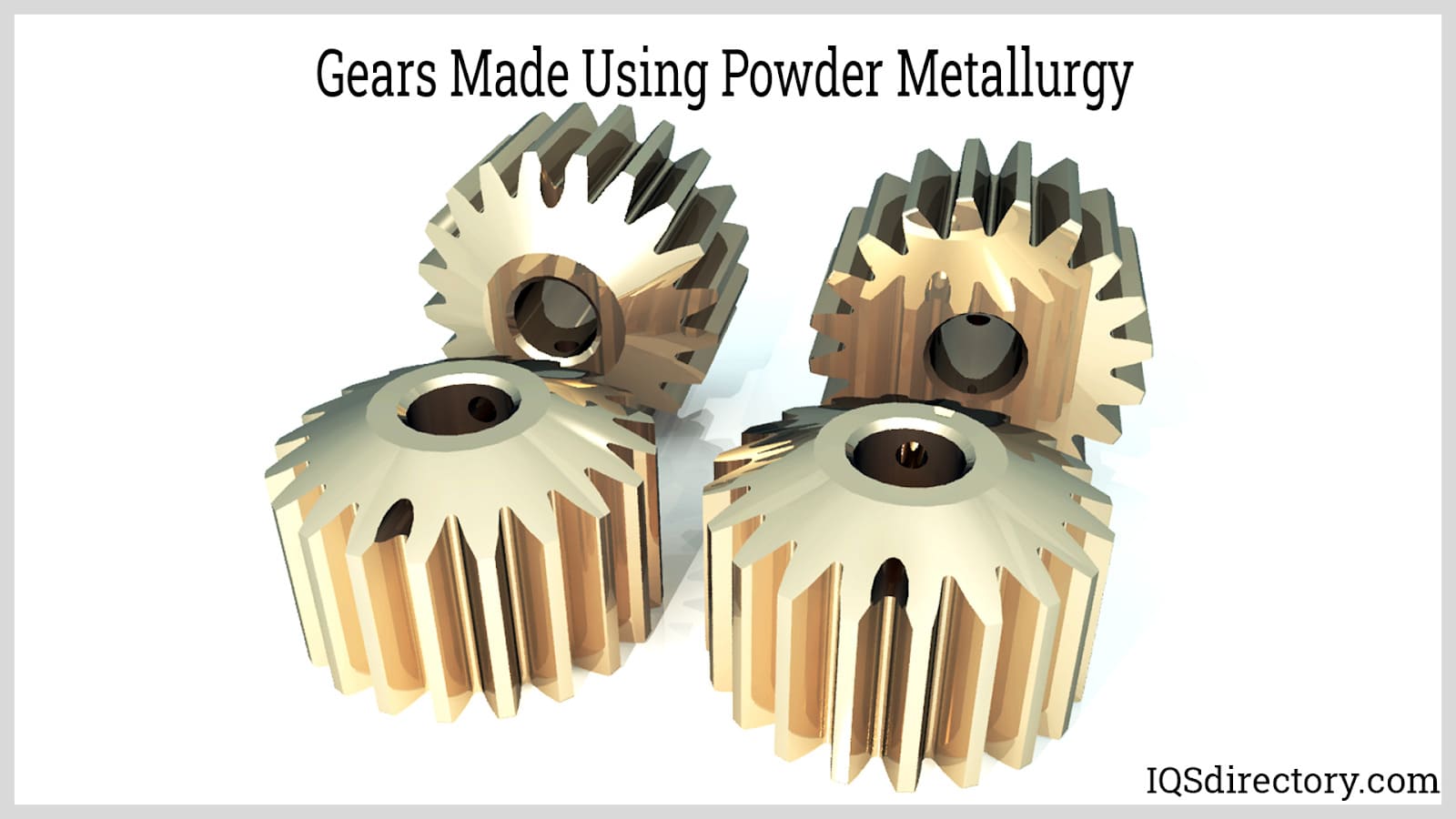
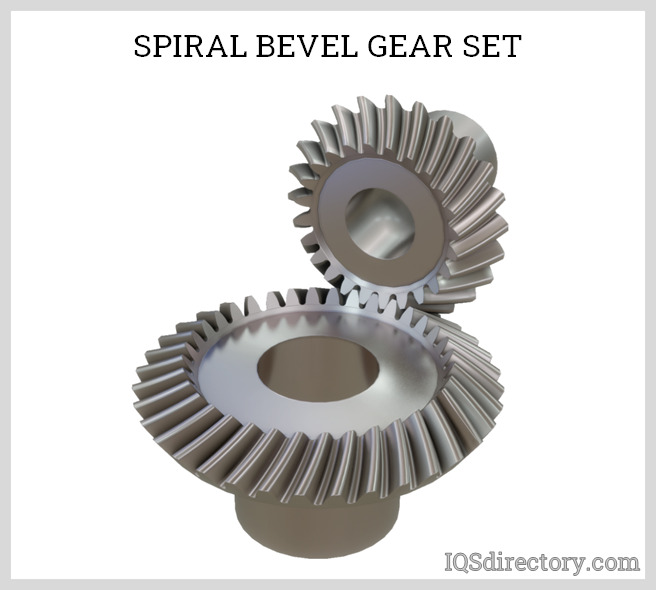
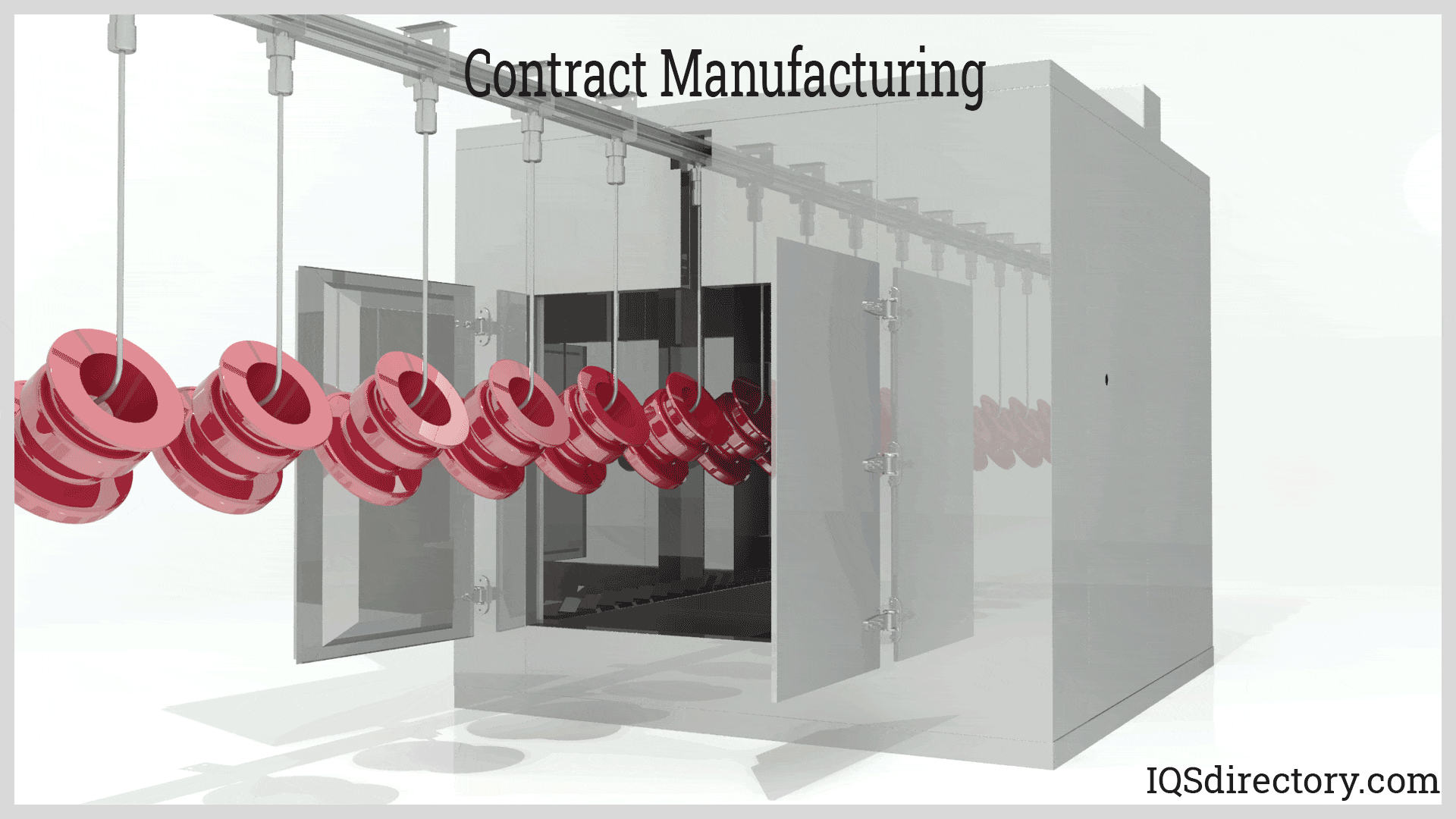
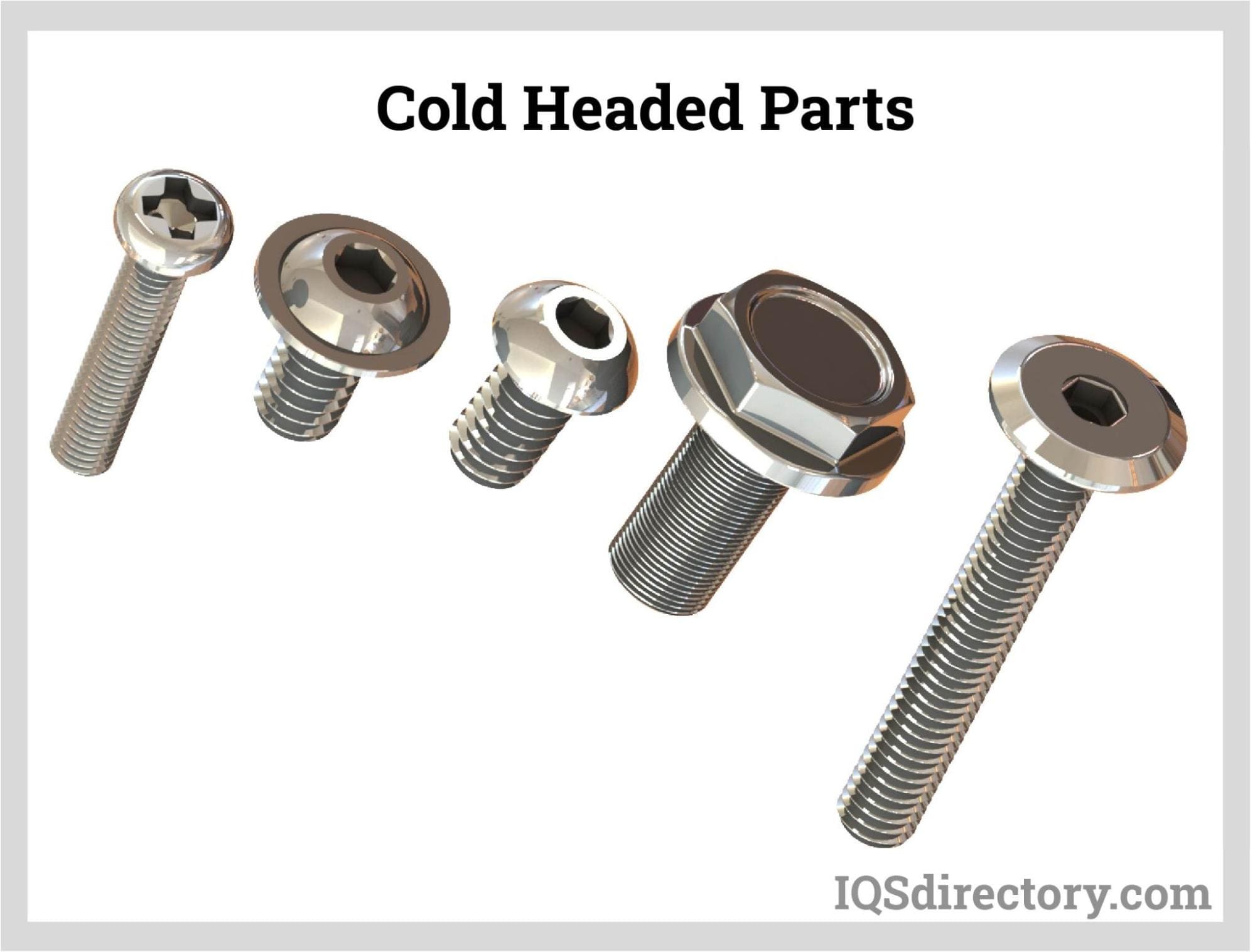
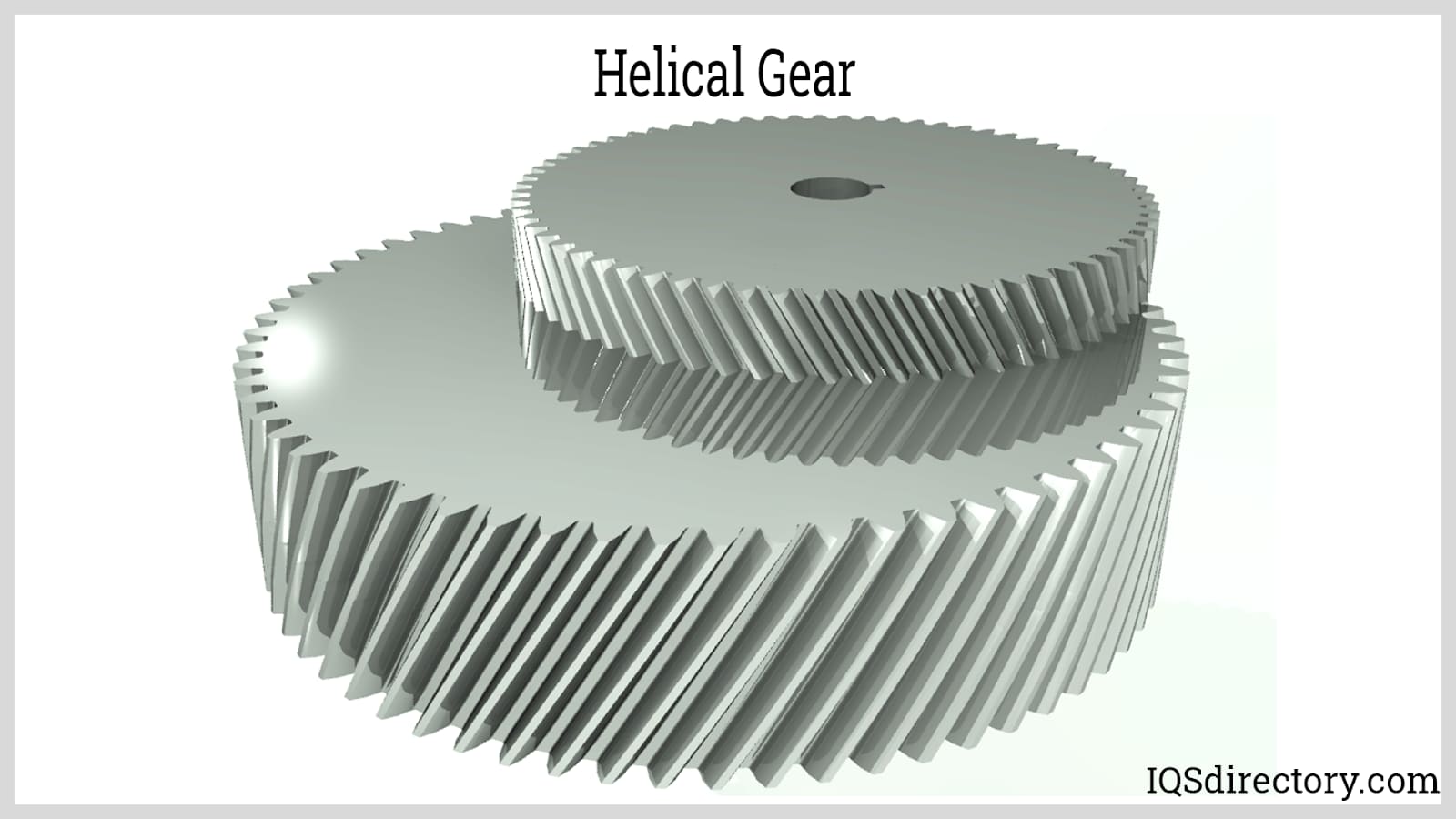
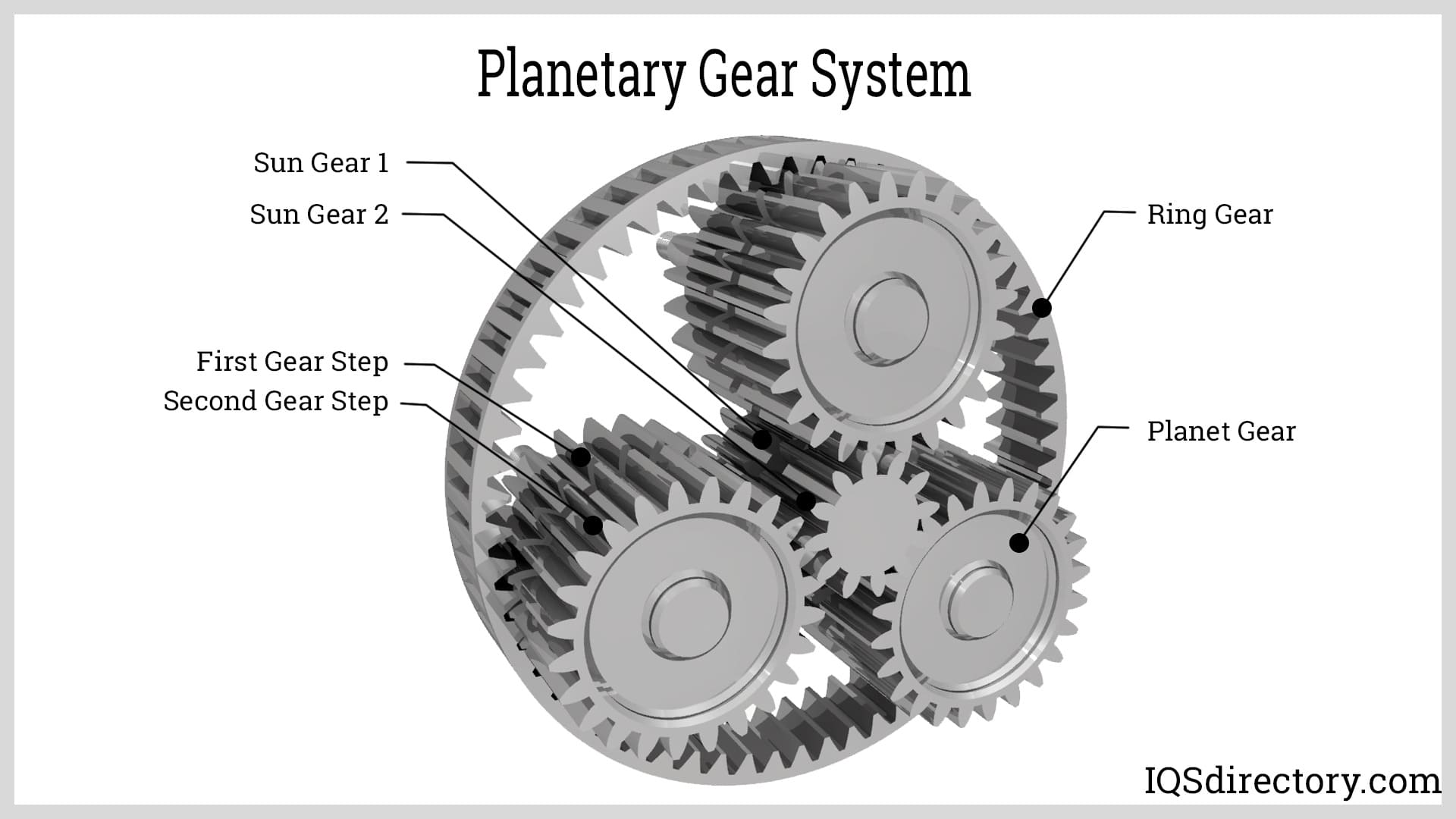
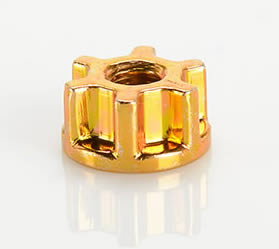 Cold Headed Parts
Cold Headed Parts Expanded Metals
Expanded Metals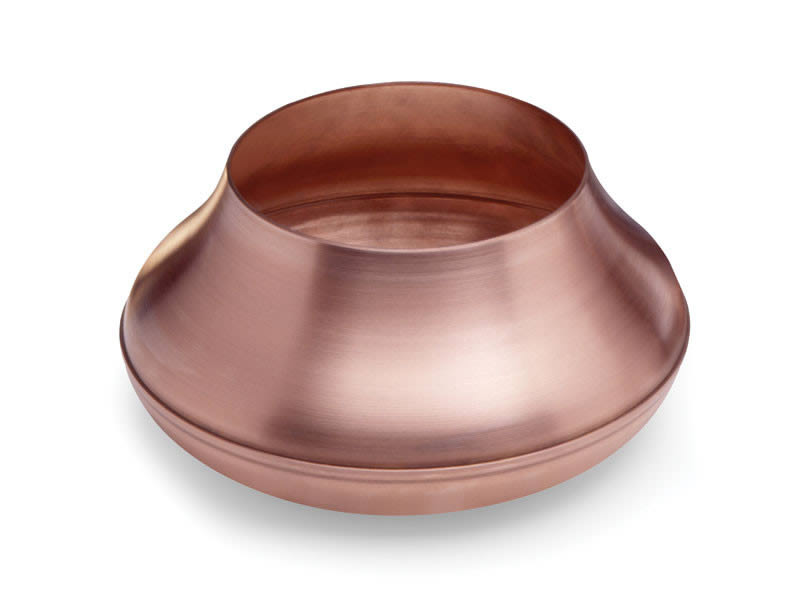 Metal Spinning
Metal Spinning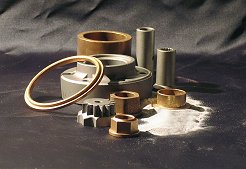 Powdered Metal Parts
Powdered Metal Parts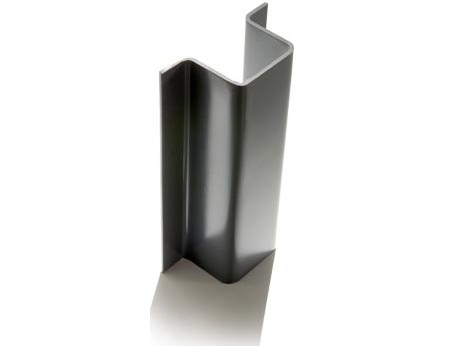 Roll Forming
Roll Forming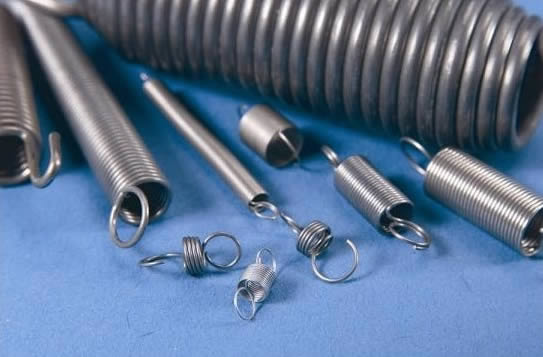 Springs
Springs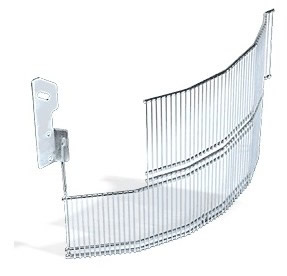 Wire Forms
Wire Forms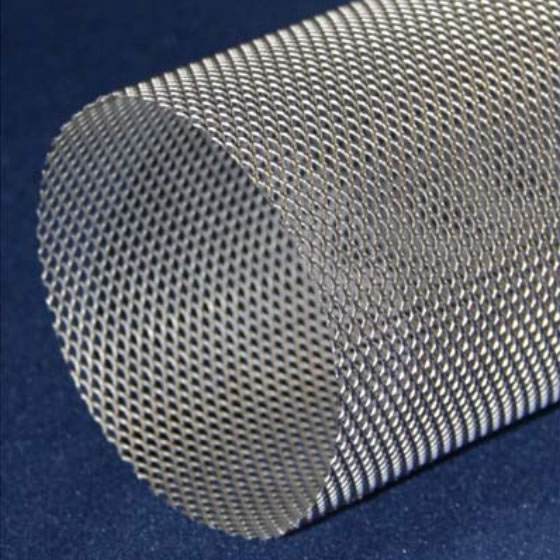 Wire Mesh
Wire Mesh Castings & Forgings
Castings & Forgings Bulk Material Handling
Bulk Material Handling Electrical & Electronic Components
Electrical & Electronic Components Flow Instrumentation
Flow Instrumentation Hardware
Hardware Material Handling Equipment
Material Handling Equipment Metal Cutting Services
Metal Cutting Services Metal Forming Services
Metal Forming Services Metal Suppliers
Metal Suppliers Motion Control Products
Motion Control Products Plant & Facility Equipment
Plant & Facility Equipment Plant & Facility Supplies
Plant & Facility Supplies Plastic Molding Processes
Plastic Molding Processes Pumps & Valves
Pumps & Valves Recycling Equipment
Recycling Equipment Rubber Products & Services
Rubber Products & Services